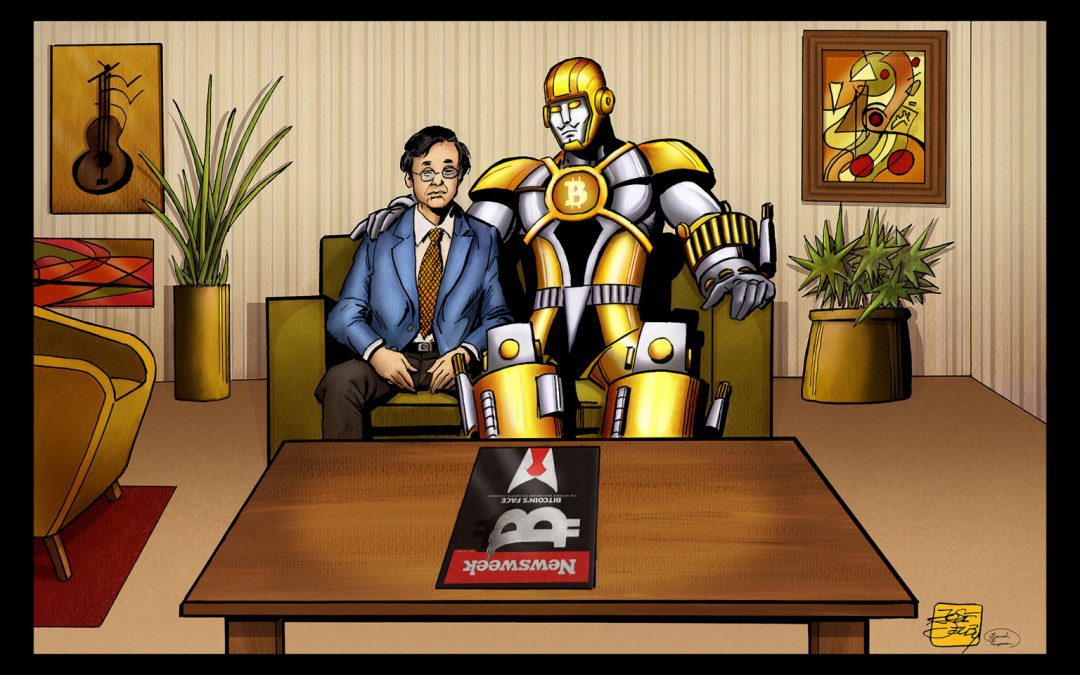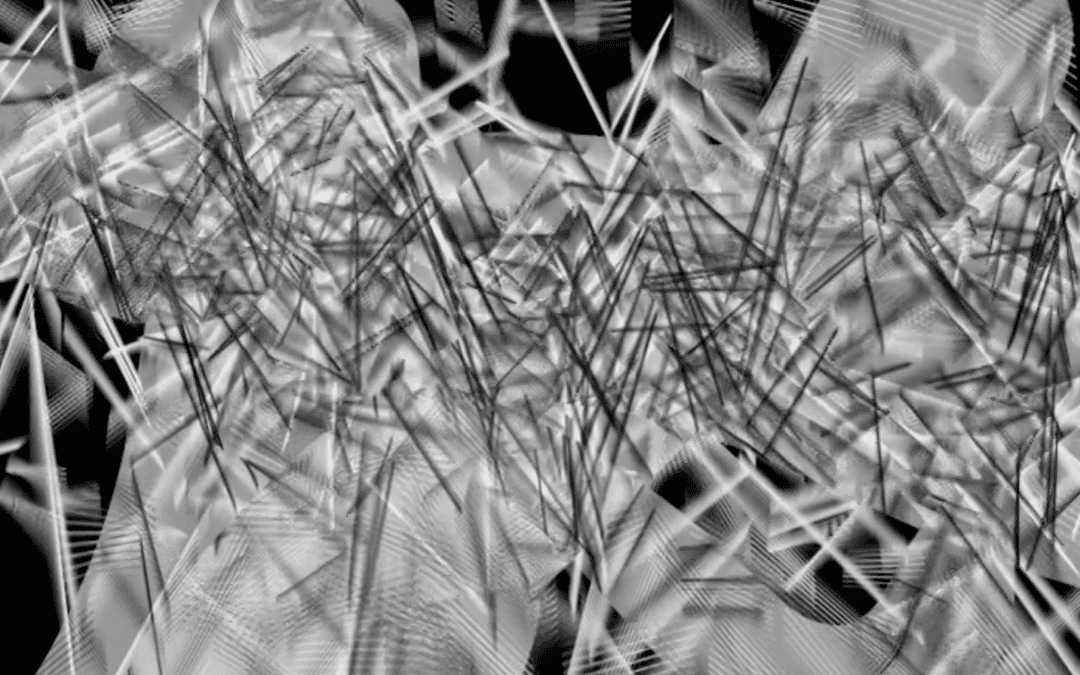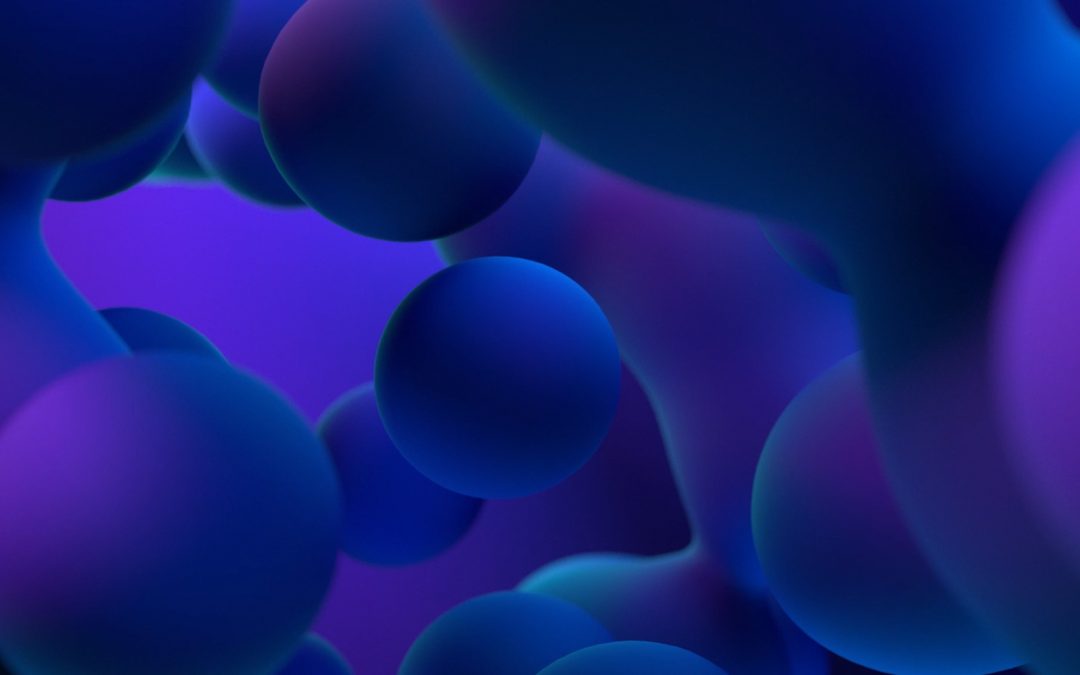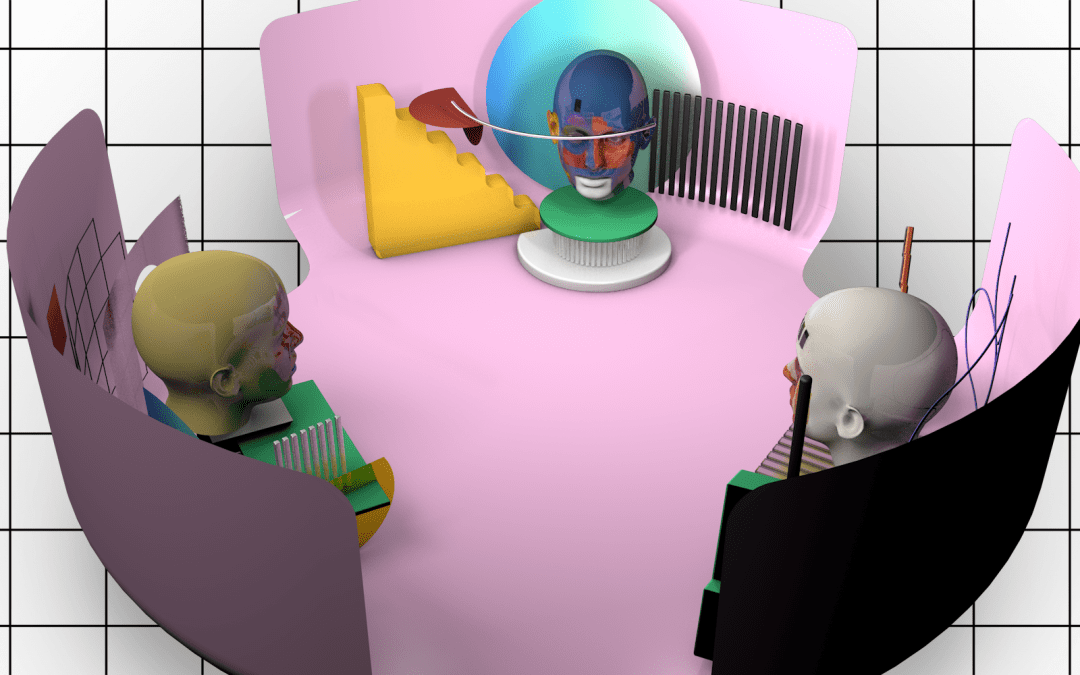SuperRare curator Mika Bar On Nesher invites Connor Senay from Art Angels to talk about the gallery, its philosophy, and cryptoart.
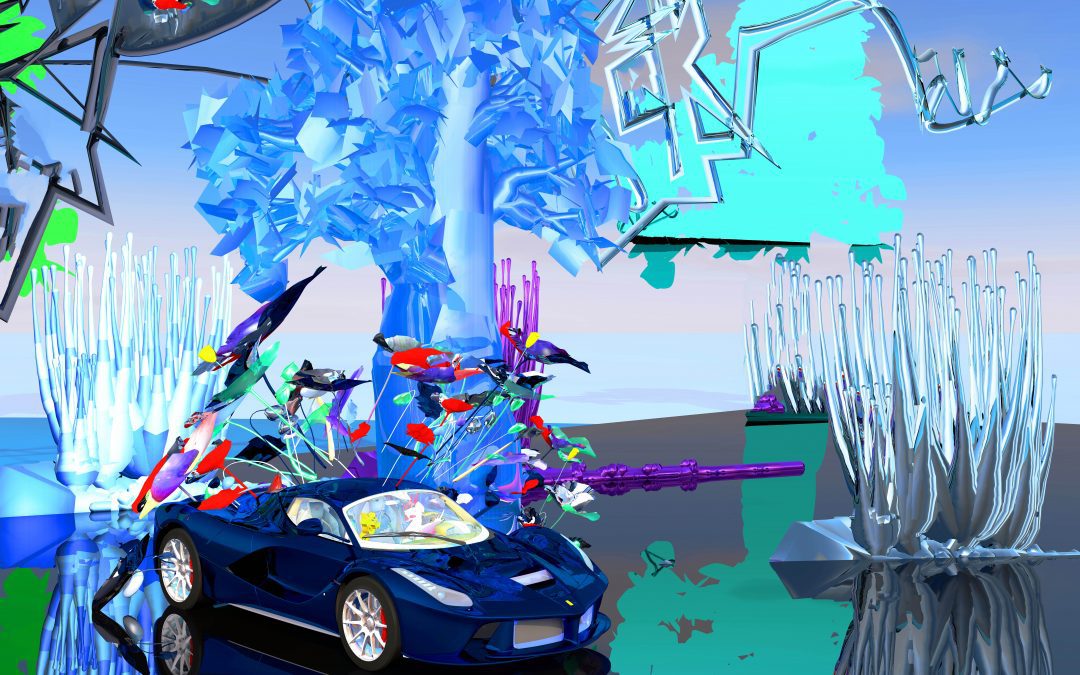
Post Vaporwave Anthropologies with Andrea (@miu-spell)
Andrea Has an array of colorful maximalist hyperreality NFTs on SuperRare. In this interview, I hope to understand the philosophical and textual underpinnings of her work, and how it congregates into a larger, post-vaporwave aesthetic.

https://superrare.com/artwork-v2/castle-and-california-15378
BL: Whats the history of your practice and your relationship to computer imagery?
Andrea: I started as a painter, but after a few years, I realized that I was desperately missing some movement in my production, so I began to work on exploring a moving image. I learned film structure, camera rules, editing techniques, and I played with different types of light and gradually I started with animation. In the end, the circle closed again and at the moment I am mainly dealing with static images that I create in programs.

BL: What’s your interest in primitivist computer imagery?
Andrea: My research focuses more on the composition of the image and the calming of all the elements. I feel more connected with all the process when I use digital medial; for me the computer is more of a tool rather than an object.
BL: What has been your journey with glitch art and datamoshing?
Andrea: Around 2016, I started working on my glitch film, which used the data moshing technique. Datamoshing is a type of glitch art which, in the context of art history, can be broadly defined as art created by corrupting or otherwise manipulating an existing file that has roots in the net art movement of the early aughts.

https://superrare.com/artwork-v2/moments-measured-in-years—doggo-13003
BL: How do you describe your style?
I would call my style as post-meta digital. My visual research balances between future and past, body and void, beauty and creeps, pain and pleasure, disappointment and chance. My great inspiration is all living organisms and their challenges.
BL: What is your creation process and workflow?
Andrea: I use digital painting as a way to unwind, so I often sit with a head full of thoughts in front of my laptop and just play with different shapes and materials. When I have a concept, it’s usually more complicated. First, I need to know if it will be series or one painting. Then, I’ll write down some notes about the project, and finally draw the scene and prepare materials that I’ll use. I work on both Windows and Mac. I test a lot of AI software now: Gaugan, Deep Angel, Thing Translator, Swarm intelligence system. Most of all, I also like technologies with which you can work on a script and create an entire story using code. However, I have mostly used 3D and 2D techniques from commonly available programs.
BL: What are your reference points?
Farocki (German filmmaker) for his explicitly political essay films, through which he examined severe subjects while also openly confronting the inherently persuasive, manipulative properties of the cinematic medium. He named it so much in cinematography as fantom shots (shots which have not been shot from a human perspective) or operative images and much more. He is a great inspiration for me.
Franz Kafka, who depicted absolutely stunning images of human transformation that were able to capture all of the depressing and cycling human effort in our life system.
Toyen, who has countless different paintings based on the organisms and colors around us. Above all, all the textures and structures she adds to the canvas are stunning.
Donna Haraway (American historian of science and feminist). Her most famous text remains the Cyborg Manifesto, published in 1985.
Cyber-feminism is not a unified paradigm but a network of activities in art, culture, theory, and technology. The differences between nature, culture, and technology are disappearing today. Animals, humans, and machines are melting together to cyborgs – computer-humans.
B – Andreas complex academic reference points and literature reveal a system of working emotively from a large critical resource pool Andreas work sets it self a playground of contemporaneous ideas Focused around tumblr criticisms of democracy masculinity capitalism and post modern time and space, however rather than being a codified criticism or expression of these qualities Andreas pieces exist within the ethos of these ideas creating a glass bead game (Novel by Hermann Hesse) of link to references metaphors and most importantly beauty and composition.

How has the influences shaped your current and future work
My beginnings were formed with the film, very dark short films influenced by D. Lync’s early films, now I work in a different tonality. Vibrant, vivid colors. My topics turned more to environmental issues, the extinction of animals, understanding the world as a whole through cosmology. I try to go deeper and deeper and reflect on topics that I find important. Now I am preparing a project that is about colonizing the universe and mining space asteroids.
B – Viewed as post vaporwave as the Internet as a tool for recycling human ideas and conceptions of beauty Andreas nfts fixate on the formal constructions of modern criticism and there beauty in arrangement and crystalline interlinked structures vapourwave in there formalism and post in the works ability to draw out this formal aesthetic beauty from contemporary criticism.
Tech
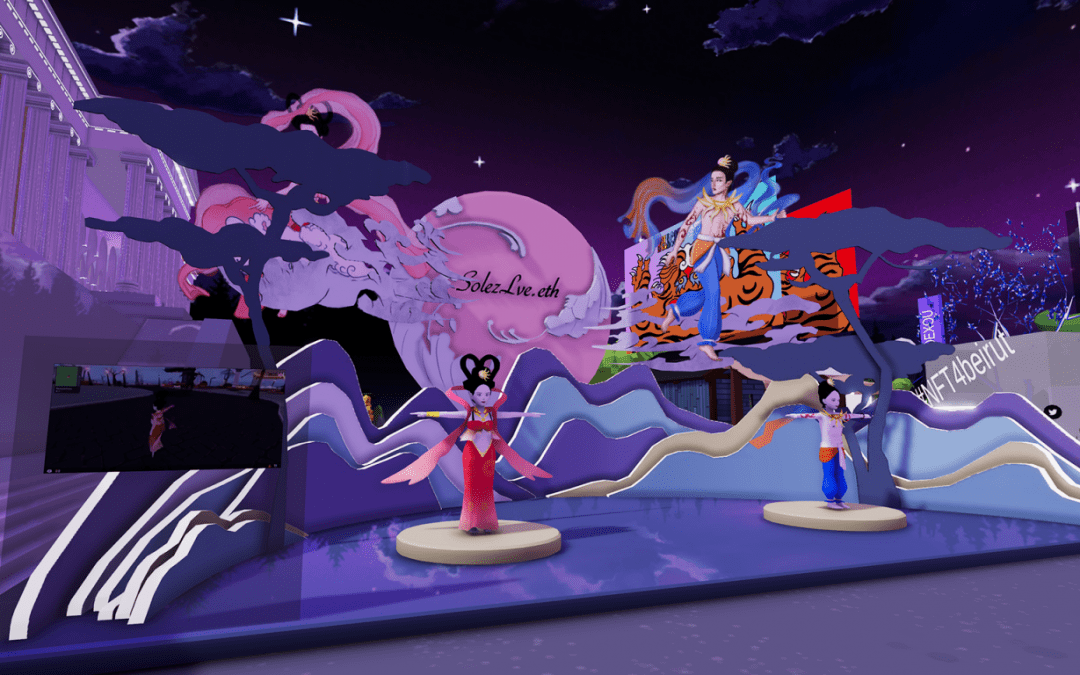

Dressing player one: Fashion comes for gaming
Traditional fashion comes for the metaverse as game wearables skyrocket in both popularity and sales.
Curators' Choice






In Conversation with MABLAB
The artist duo talk about visualizing architectural space using 3D hand sculpting, growing up in post-Soviet Kazakhstan, and their visions for the Web3 space.





